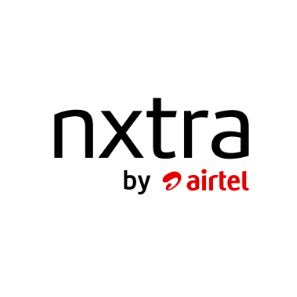Power consumption is one of the most critical overhead costs in any data center operation. Gartner estimates that power costs form 10% of the total data center operating expenses.

Power consumption is one of the most critical overhead costs in any data center operation. Gartner estimates that power costs form 10% of the total data center operating expenses. However, in five years, the costs will rise to 15% of the total expenditure.
With the rise in big data analytics, Artificial Intelligence, Machine Learning and IoT, the need for data centers will only increase considerably. So will the business cash outflow for power consumption. To ensure profitable growth, businesses need to check their data center power requirements.
With the help of these 12 best practices, businesses can strategically manage their power consumption and energy efficiency in data centers.
- Monitor energy usage: When assessing the energy consumption in data centers, many businesses do not take enough action. Companies need to be well-versed with the concept of PUE or Power Usage Effectiveness and conduct a complete data center energy audit. PUE is the industry standard for measuring data center energy efficiency. To optimize energy efficiency, businesses need to constantly measure the PUE of their data center, and they can do so by installing energy monitoring systems.
- Benchmark energy efficiency and power consumption: Monitoring a data center’s energy consumption is a start, but it is not sufficient. Businesses also need to compare their energy efficiency metrics with other data centers to assess whether their energy efficiency is optimal.
- Use highly end IT equipment and UPSs: Legacy data center power design can be problematic if inefficient IT equipment and UPSs are installed. Businesses should replace their legacy data center infrastructure with the latest generation of power-efficient IT equipment and UPSs.
- Take advantage of server virtualization: Server virtualization is an advanced technique used by modern, hi-tech data centers like Airtel’s Nxtra. Server virtualization entails dividing a physical server into multiple unique and isolated virtual servers using a software application. Each virtual server can then run its independent operating system. Server virtualization improves server utilization and significantly reduces the requirement of servers and storage equipment for businesses.
- Install economizers: Air economizers are cooling equipment that use cool outdoor air to cool the components in a building. In regions with cooler temperatures, air economizers can economically cool servers and IT equipment in a data center, reducing the load on traditional cooling equipment such as air conditioners and preventing power outages. For example, Gartner estimates that 40 to 90 per cent of the cooling can be done by economizers in data centers in the United States.
- Optimize air conditioning systems: Besides deploying cooling solutions such as air economizers, companies can also optimize the existing air conditioning systems in the data center. Businesses can use techniques such as turning off the air conditioning during non-peak hours or changing the speed of the air conditioner as per server demands. Besides these techniques, air-handlers, chillers and variable frequency drives can also be used to assist the air conditioning system.
- Optimizing layout for cooling: Businesses can take advantage of another cooling practice: the use of hot and cold aisle configurations. Businesses can configure their data centers to have alternate hot aisles for hot exhaust and cold aisles for cold air intake, thus maintaining a uniform temperature in the data center.
- Consolidate idle or lightly used equipment: Many types of equipment in a data center are underutilized or kept inactive for long periods. Even then, this equipment consumes a significant amount of power. To avoid unnecessary power consumption costs, businesses need to turn off idle or lightly used equipment such as IT equipment, servers or PCs.
- Reduce CPU power consumption: CPUs are the most power-hungry components of any server in a data center, consuming as much as 50% of the power required by a server. Businesses can reduce CPU power consumption by opting for CPUs with the latest, power-efficient chipsets. Further, businesses can take advantage of inbuilt power performance modes in various CPUs that enable businesses to alter the power consumption.
- Improve lighting and transformer efficiency: Legacy data centers use fluorescent lighting setups and older generations of electrical distribution components such as transformers. Fluorescent lighting setups can be replaced by cost-saving and less power-consuming LED lighting setups. Older generations of electrical components such as transformers can be replaced by the latest power-efficient models.
- Taking advantage of DCIM: DCIM stands for Data Center Infrastructure Management software. Alternatively, they are also known as data center power management software. Modern data centers come equipped with DCIM to enable businesses to remotely manage the various settings and infrastructure in their data center operations. With the help of DCIM, companies can constantly monitor the consumption of power for their data center. Thus, DCIM can help businesses achieve further energy savings by altering the performance settings of various equipment.
- Migrate to a sustainable colocation data center: With rising power consumption costs, it may not be feasible for many businesses to implement most of the above best practices in their data center operations. Especially, in the case of legacy data centers, implementing these practices may be more than the cost of migrating to a new data center. In such cases, businesses can decide to migrate to a sustainable colocation data center, such as Airtel’s Nxtra.
Stay future-proof with co-location
Power consumption and energy efficiency challenges will continue to rise every year, making it difficult for businesses to keep costs under control. By working with a colocation data center provider, such as Airtel’s Nxtra, businesses can stay future-proof without continuously upgrading their data center operations to control power costs. With Nxtra by Airtel expertise in over 120 plus data center locations, companies can continue to focus on their core operations and let Nxtra help them achieve significant cost savings in power consumption.
Nxtra by Airtel, a subsidiary of Bharti Airtel Limited, offers
largest network of secure, scalable, and sustainable data centers
in India to leading enterprises, hyperscalers, start-ups, SMEs
and governments.
Follow us on :






_1724410758.jpg)
